Some xeriscaping ideas for a desert climate include using native plants and grasses, utilizing rock gardens, incorporating gravel pathways and patios, installing drip irrigation systems, using mulch to retain moisture, and creating shade structures.
Xeriscaping is a great way to conserve water and create a beautiful landscape in arid or desert climates. Whether you’re looking for ideas to save money on your water bill, or wanting to create an attractive outdoor space in the desert, xeriscaping can be a great solution.
Here are some of the best xeriscaping ideas for desert climates that will help you keep your garden looking vibrant and healthy without using too much water.
Look Inside:
Using Drought-tolerant Plants
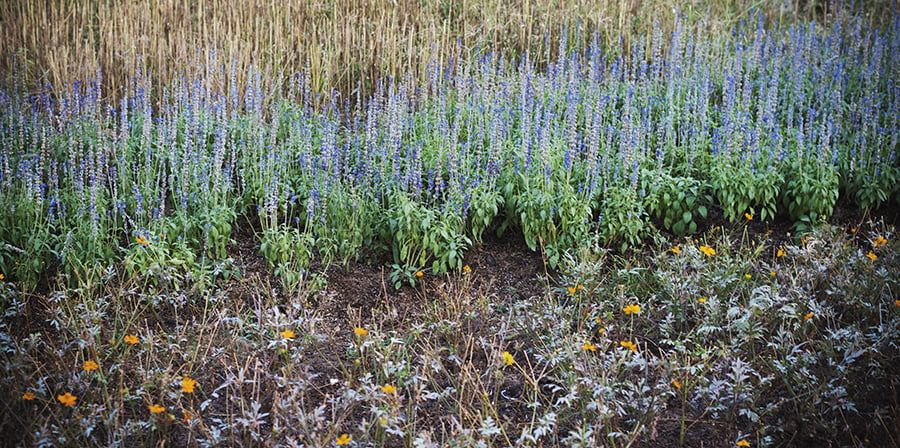
This is especially important in desert climates, where water can be scarce and expensive. Drought-tolerant plants are those that require little or no additional irrigation once established, making them an ideal choice for xeriscaping in a desert climate.
These plants have adapted to survive with minimal water and often thrive in hot, dry conditions. Examples of drought-tolerant plants include cacti, succulents, yucca, agave, and various grasses such as buffalo grass and blue grama grass.
These types of plants are low maintenance and require little care beyond occasional pruning or trimming to keep them looking their best. They provide color and texture to your landscape without the need for frequent watering or fertilizing.
Such As Cacti and Succulents
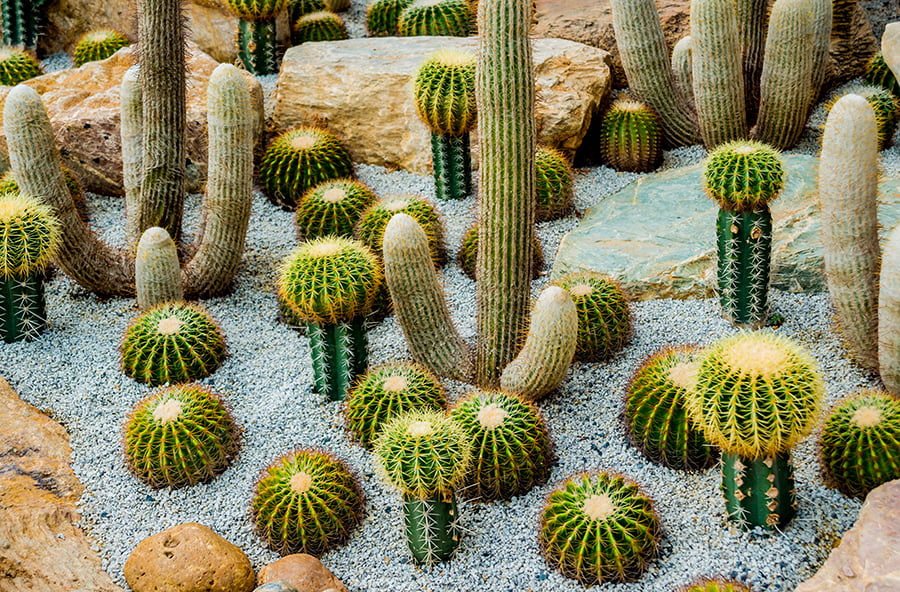
This is especially important in desert climates, where water can be scarce. Cacti and succulents are two types of plants that are well-suited for xeriscaping in desert climates.
Cacti have thick stems and leaves, which help them store moisture during dry periods. They also have spines or thorns to protect them from animals looking for food or shelter.
Succulents are similar to cacti but they don’t have spines or thorns; instead, they store moisture in their leaves and stems like cacti do. Both cacti and succulents come in a variety of shapes, sizes, colors, and textures so you can create an interesting landscape with these plants alone!
Installing a Drip Irrigation System
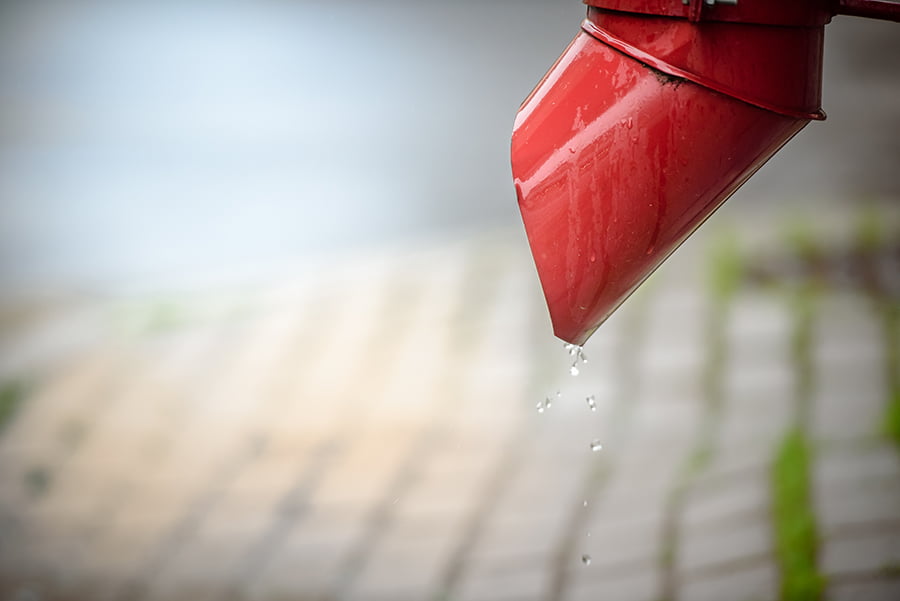
This type of irrigation system works by delivering water directly to the roots of plants, rather than spraying it over the entire area. The water is delivered slowly and evenly, allowing for more efficient use of resources and less waste.
Drip irrigation systems can be installed using either above-ground or below-ground pipes, depending on the needs of the landscape. Above-ground systems are easier to install but require more maintenance, while below-ground systems are more difficult to install but require less maintenance overall.
Drip irrigation systems can be customized with different types of nozzles and emitters that allow for precise control over how much water each plant receives.
Using Native Plants That Are Adapted to the Climate

This is especially important in desert climates, where water can be scarce and temperatures can be extreme. Native plants are those that have evolved over time to survive and thrive in the local environment, making them well-suited for xeriscaping.
These plants require less water than non-native species, as they have adapted to their environment’s natural conditions. Native plants provide food and shelter for wildlife such as birds and insects, helping create a healthy ecosystem.
Examples of native plants suitable for xeriscaping in desert climates include cacti, succulents, yucca trees, agave plants, mesquite trees and shrubs like creosote bush or sagebrush.
Adding Mulch or Gravel to Reduce Water Evaporation From Soil
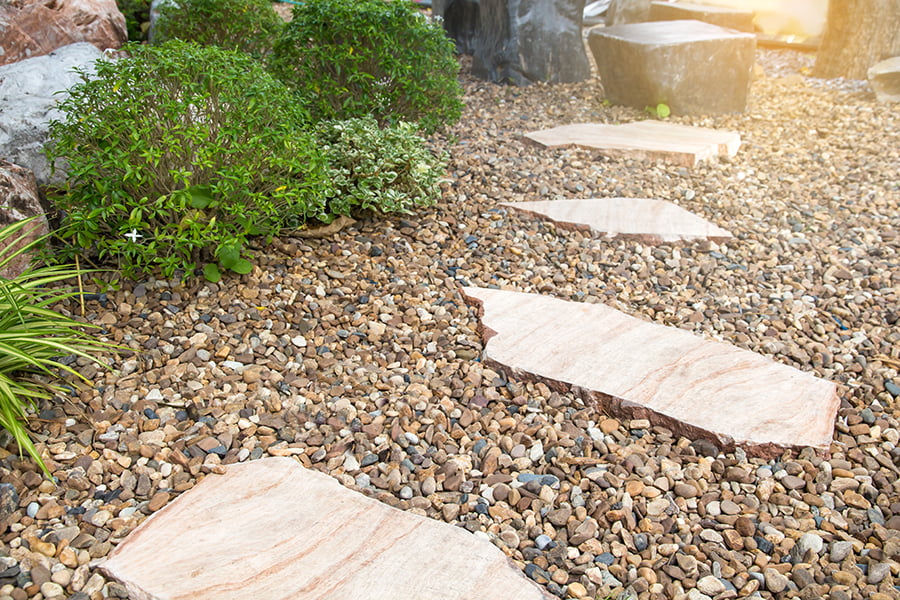
Mulch is a layer of organic material, such as wood chips or bark, that is spread over the soil to help retain moisture and reduce water evaporation. Gravel can also be used in place of mulch to provide similar benefits.
The gravel helps keep the soil cool by reflecting sunlight away from it, while also helping to prevent water loss due to evaporation. Both mulch and gravel can be used together or separately depending on the needs of your landscape design.
By using either one or both of these materials, you can help conserve water in your desert garden while still creating an attractive outdoor space.
Grouping Plants Together for Better Water Retention in the Soil
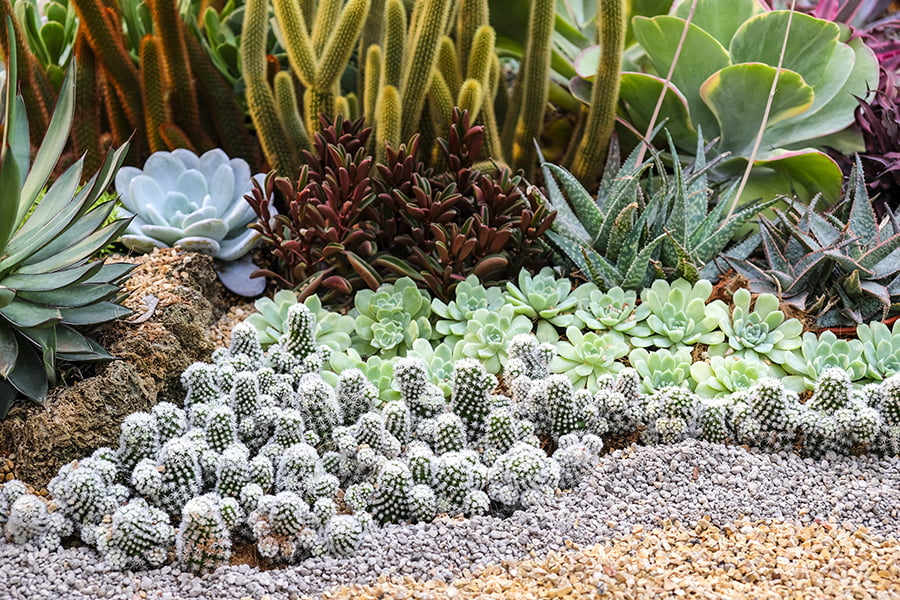
This technique involves planting multiple plants close together, so that their roots can intertwine and create an interconnected root system. This allows the plants to share resources, such as moisture from the soil, which helps them survive longer with less water.
This method of xeriscaping creates a more efficient use of space since multiple plants are planted in one area instead of spreading them out over larger areas. By grouping these drought-tolerant plants together, they will be able to thrive even during periods of extreme heat and dryness.
Creating Berms and Swales to Capture Rainwater Runoff
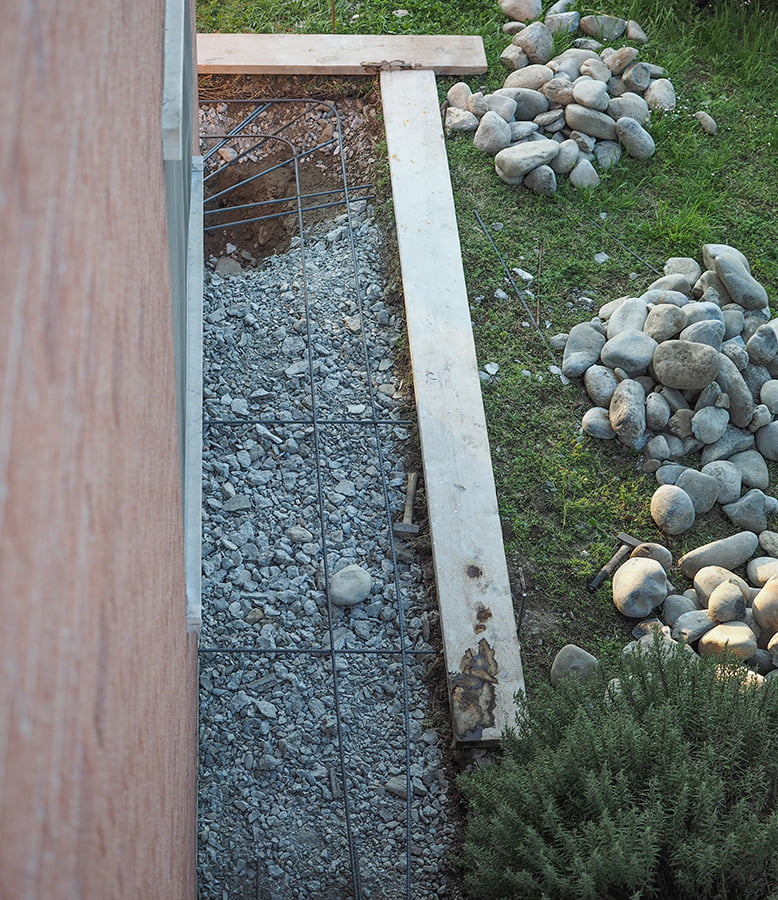
One way to do this is by creating berms and swales, which are mounds and depressions in the landscape that can be used to capture rainwater runoff. Berms are raised areas of soil that act as barriers, preventing water from running off the property too quickly.
Swales are shallow depressions or trenches dug into the ground, which help slow down runoff and allow it to soak into the soil instead of running off. These features can also be planted with drought-tolerant vegetation such as cacti or succulents, helping them retain moisture for longer periods of time.
By using these techniques together, homeowners in desert climates can create an attractive landscape while conserving precious water resources at the same time.